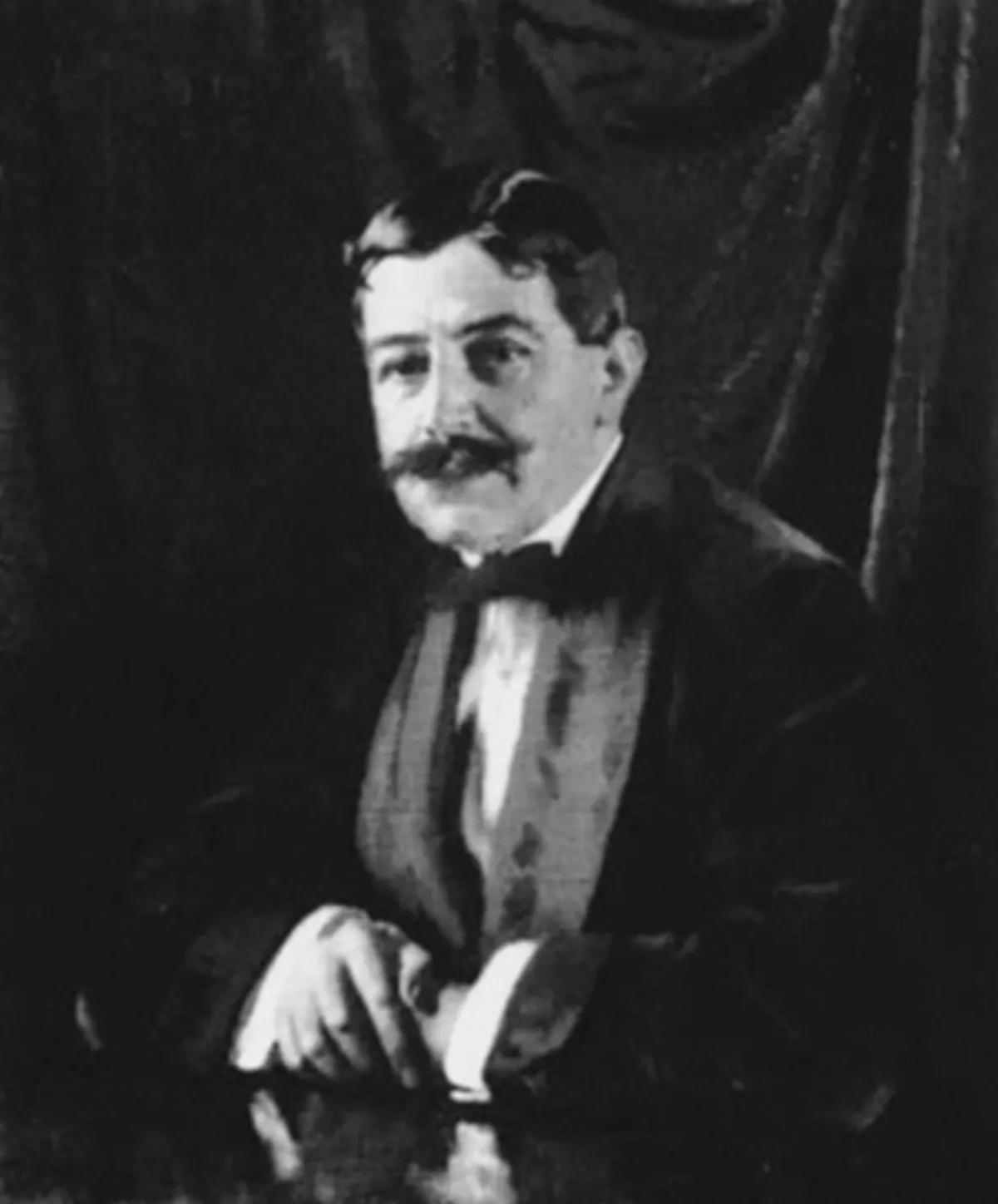 1.
1. Sir Edgar Speyer, 1st Baronet was an American-born financier and philanthropist.

 1.
1. Sir Edgar Speyer, 1st Baronet was an American-born financier and philanthropist.
Edgar Speyer became a British subject in 1892 and was chairman of Speyer Brothers, the British branch of the Speyer family's international finance house, and a partner in the German and American branches.
Edgar Speyer was chairman of the Underground Electric Railways Company of London from 1906 to 1915, a period during which the company opened three underground railway lines, electrified a fourth and took over two more.
Edgar Speyer was chairman of the Classical Music Society for ten years, and he largely funded the Promenade Concerts between 1902 and 1914.
In 1915, Edgar Speyer offered to resign from the Privy Council and to relinquish his baronetcy, but the Prime Minister turned down the offer.
Edgar Speyer resigned as chairman of the UERL and went to the United States.
In 1921, the British government investigated accusations that Edgar Speyer had traded with the enemy during the war, and had participated in other wartime conduct incompatible with his status as a British subject.
Edgar Speyer denied the charges, but his naturalisation was revoked and he was struck off the list of members of the Privy Council.
Edgar Speyer's father was an international banker with businesses in Frankfurt, New York and London.
On 10 February 1902, in Hamburg, Edgar Speyer married the American violinist Leonora von Stosch.
In 1884, Edgar Speyer became a partner in each of his father's businesses.
Edgar Speyer headed the Frankfurt office before taking control of the London office, Speyer Brothers, in 1887.
On 29 February 1892, Edgar Speyer became a naturalised British citizen.
Yerkes died in December 1905, and Edgar Speyer took his place as chairman of the UERL.
In November 1912, Edgar Speyer further consolidated the UERL's control of London's underground railways when he negotiated the purchase of London's two other main tube railways, the City and South London Railway and the Central London Railway.
Edgar Speyer had a large country house built in 1908, in the fashionable Edwardian resort of Overstrand on the Norfolk coast.
Edgar Speyer commissioned art works, including his wife's portrait, painted by John Singer Sargent in 1907, and his own portrait, painted by William Orpen, which was exhibited at the Royal Academy in 1914.
Edgar Speyer was friends with composers Edward Elgar, Edvard Grieg, Richard Strauss, Claude Debussy and Percy Grainger, and with the German cellist and composer Hugo Becker.
Edgar Speyer owned violins by Stradivarius and Giuseppe Guarneri, used by his wife in public and private performances.
Edgar Speyer increased rehearsal time for the Queen's Hall Orchestra and was involved in the challenge to the deputy system then operating, stopping musicians from sending under-prepared substitutes to perform in their places.
Edgar Speyer was described by Bird as "the sole monetary force which kept the Queen's Hall Orchestra afloat".
Edgar Speyer was prepared to take personal responsibility for a share of the liabilities of the expedition, although the money raised from public donations was sufficient.
Lady Edgar Speyer was ostracised from societies and associations of which she had formerly been a member.
Edgar Speyer was asked to resign from the board of the Poplar Hospital due to threats of substantial reductions in donations if he remained.
Edgar Speyer ignored a call to write one of the "loyalty letters" that Sir Arthur Pinero proposed be provided by prominent naturalised citizens of German origin.
Edgar Speyer resigned as chairman of the UERL and from the boards of the King Edward's Hospital Fund, the Poplar Hospital and the Whitechapel Art Gallery.
In June 1915, Sir George Makgill, Secretary of the Anti-German Union, applied for permission from the High Court to issue quo warranto writs against Edgar Speyer and Sir Ernest Cassel, a German-born Privy Counsellor, requiring them to prove their right to hold that position.
Edgar Speyer again offered the Prime Minister, then David Lloyd George, his resignation from the council, but received no response.
On 13 December 1921 an order was issued by King George V for Edgar Speyer to be struck off the list of the Privy Council.
On 7 January 1922, Edgar Speyer's partners published a letter supporting Edgar Speyer and rejecting the implications of his correspondence with his German relatives, stating that he was "incapable of any act of treachery against the country of his adoption".
Two days later, Edgar Speyer issued a statement responding to the report and rebutting the committee's interpretation of the facts.
Edgar Speyer stated that he had been advised of the committee's investigation in 1919 and, after considerable delay by the Home Office, had persuaded it to carry out an investigation in America into allegations made against his conduct there.
Edgar Speyer stated that the issues involved were of a trivial nature and were similar to those encountered by other British banks which had traded without censure.
Edgar Speyer rejoined the surviving American and German branches of the family bank and continued to live in New York.
Edgar Speyer died on 16 February 1932 in Berlin, after having travelled there for an operation on his nose.
Edgar Speyer had continued to hold his baronetcy, although it became extinct with his death as he had no male heirs.
Pamela Edgar Speyer married Count Hugo Moy in 1926, but was widowed shortly after when he was killed in a hunting accident.